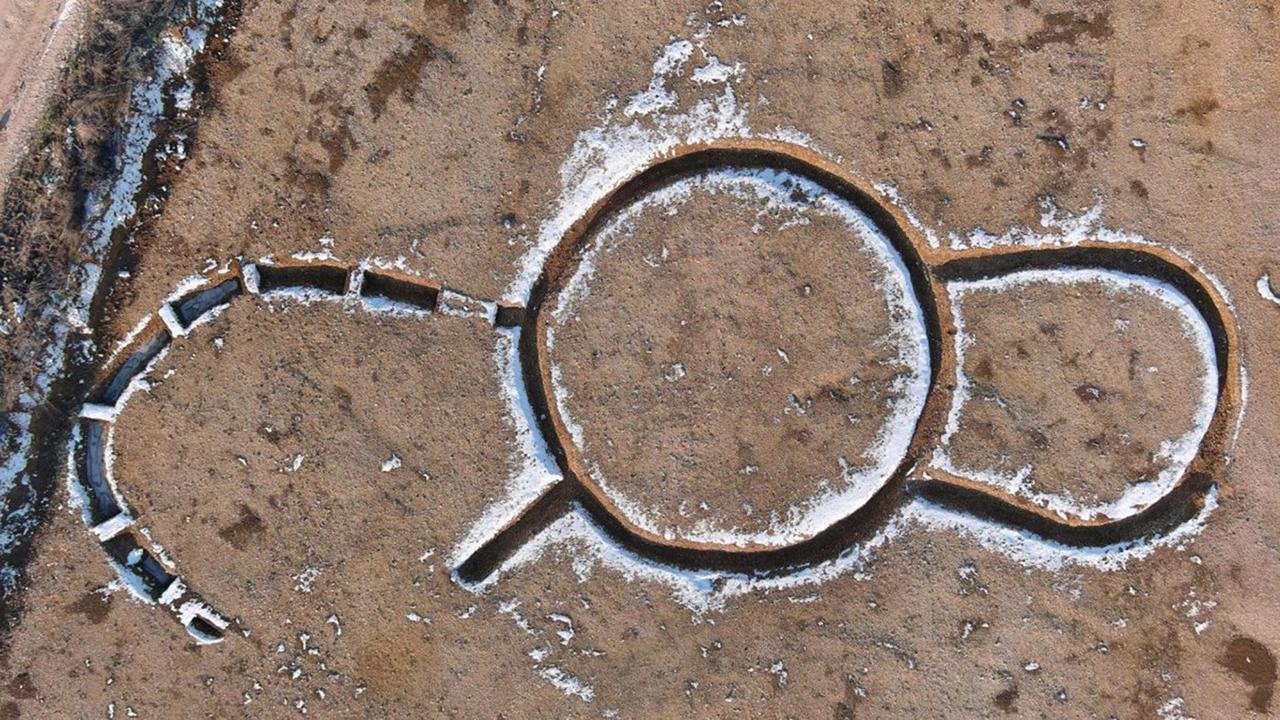Archaeologists in France have uncovered a remarkable prehistoric monument along with a plethora of artifacts spanning various historical periods during excavations in Marliens, a commune located approximately 200 miles southeast of Paris.

The excavations were carried out by archaeologists from the French National Institute for Preventive Archaeological Research (INRAP), prior to the extension of a gravel pit in the Ouche Valley, a tributary of the Saone River.
At the heart of this discovery is an enigmatic monument composed of three interconnected enclosures, with a circular enclosure measuring 11 meters in diameter at its center. This horseshoe-shaped monument, with one enclosure resembling a horseshoe, is unlike anything previously encountered, leaving researchers puzzled about its age and purpose.
The presence of flint artifacts nearby suggests a possible Neolithic origin, but radiocarbon analysis is underway to determine its precise chronology.

Adjacent to this monument, artifacts from the Bell Beaker period, dating back approximately 4,500 years, were unearthed. These artifacts include seven flint arrowheads, archer’s armbands, a flint lighter, and a copper alloy dagger.
Residues of iron oxide found on one of the bracelets hint at its use in igniting fires, possibly associated with burial practices, although this hypothesis remains unconfirmed.
Further discoveries include a gravesite dating between 1500 and 1300 BCE, consisting of five circular enclosures, one of which was sealed. Within the largest enclosure, evidence of a funeral pyre was found, along with ceramic shards and an amber bead necklace.
Additionally, approximately 1,300 feet away, another gravesite revealed the cremated remains of individuals from the Iron Age, some interred with jewelry such as rings and bracelets.
The excavation, covering a total area of 60,000 square meters, also provides a unique opportunity to understand the spatial occupation and evolution of this area over time.
Palynological and carpological analyses of clay layers at the bottom of pits dating to the Early Bronze Age offer valuable information about the region’s natural history.
More information: Inrap



























